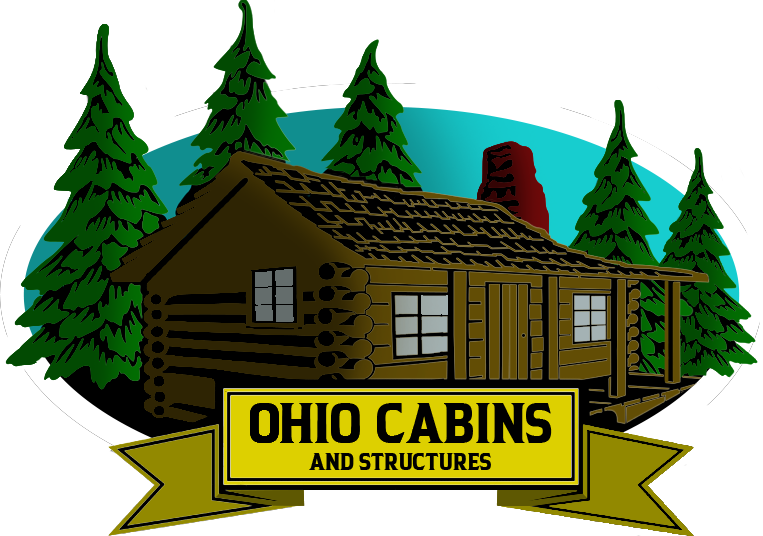Prefab homes, also known as prefabricated homes or modular homes, have gained popularity in recent years as an affordable and efficient housing option. These homes are built off-site in factories and then transported to the desired location for assembly. Prefab homes offer several advantages, including lower costs, faster construction times, and customizable designs. However, the cost of a prefab home can vary significantly depending on various factors such as size, materials, location, and additional features. In this article, we’ll break down how much prefab homes cost and what influences those prices, specifically focusing on the market in Ohio.
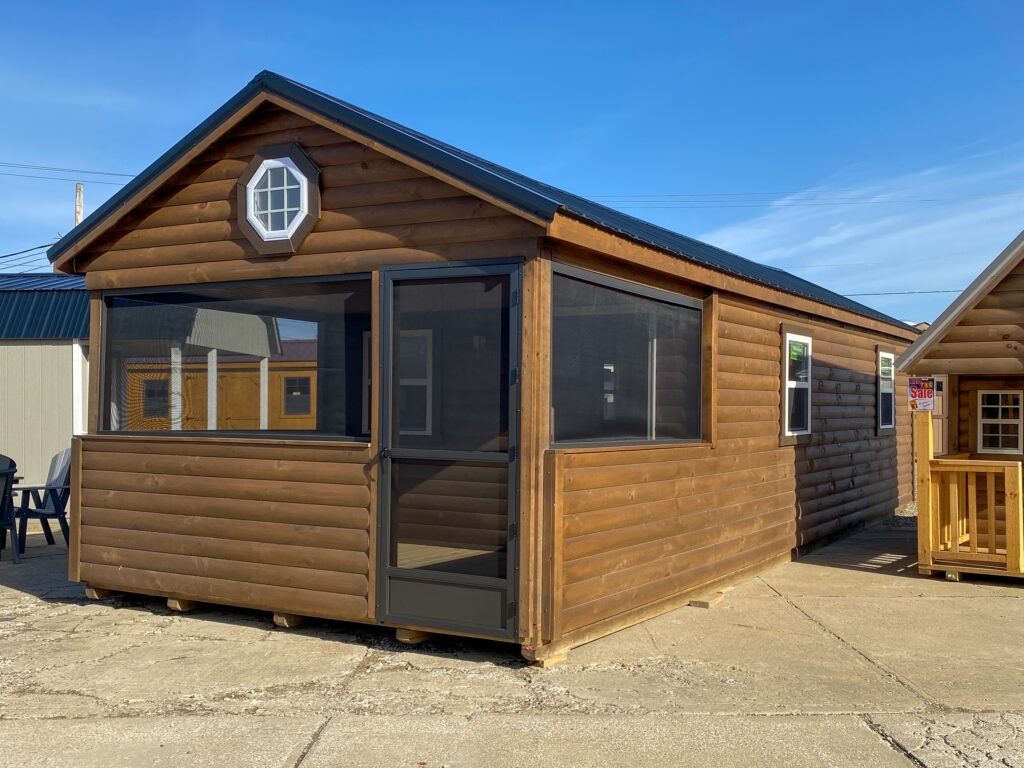
1. Average Costs of Prefab Homes
The cost of a prefab home can range widely, from as low as $50,000 to over $200,000, depending on the factors we’ll discuss below. On average, prefab homes in Ohio typically fall between $100 and $200 per square foot. This cost includes the home’s base price and additional features such as transportation, installation, and utilities setup.
- Base price: The base price is the cost of the home as designed in the factory. This typically starts around $50,000 for smaller, more basic models. For mid-range options, you might expect to pay between $75,000 and $125,000. Larger, luxury prefab homes can cost upwards of $200,000.
- Customizations: If you decide to customize your prefab home, whether it’s with upgraded materials, unique floor plans, or high-end fixtures, this can increase the overall cost. Customizations may add 10% to 20% to the base price, depending on the level of personalization.
- Installation costs: Once your home is delivered to the site, it needs to be installed. This process includes foundation work, utility connections, and assembly of the modules. Installation costs in Ohio typically range from $10,000 to $30,000 depending on the complexity of the home and the location of the site.
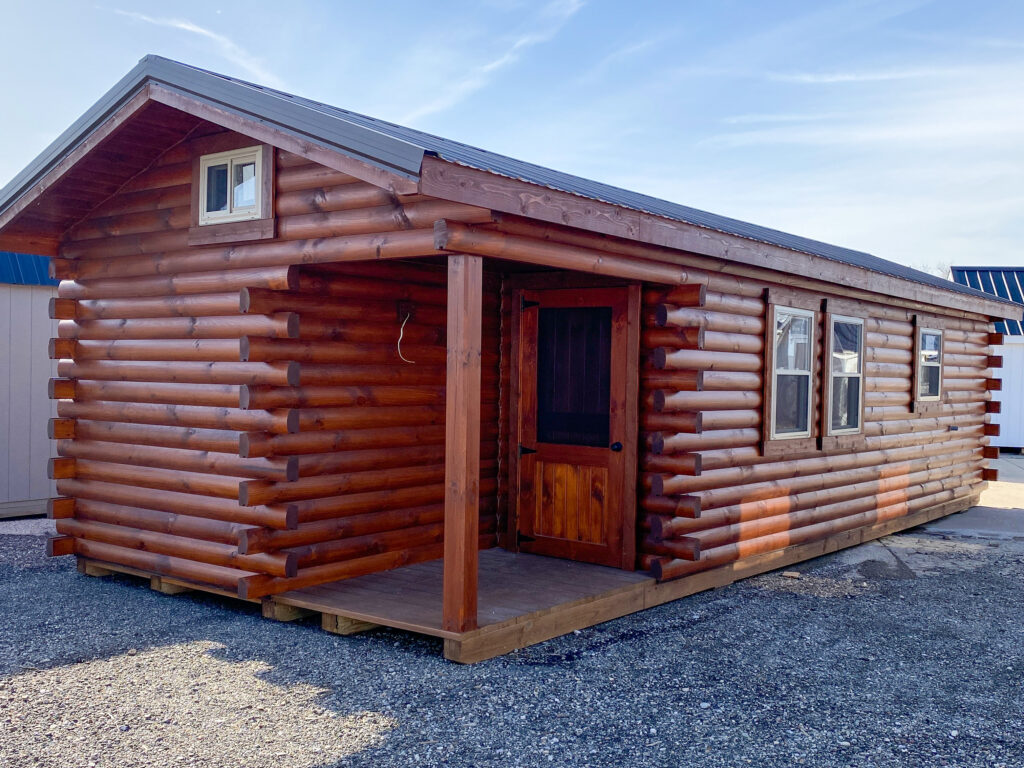
2. Factors Influencing the Cost of Prefab Homes
There are several factors that impact the total cost of a prefab home. Let’s explore these in detail:
a. Size of the Home
The size of the prefab home is one of the primary factors influencing the cost. Smaller homes, such as tiny homes or single-bedroom models, will generally cost less. The cost per square foot typically decreases as the size of the home increases, but larger homes will naturally have higher overall prices.
For example:
- Tiny homes (200-400 square feet) may cost between $30,000 and $80,000.
- Small prefab homes (500-1,000 square feet) could range from $50,000 to $100,000.
- Medium-sized homes (1,000-2,000 square feet) typically cost between $100,000 and $200,000.
- Large prefab homes (over 2,000 square feet) could cost $200,000 or more.
b. Materials Used
The materials used to build your prefab home will also have a significant impact on the final cost. High-quality materials, such as hardwood floors, granite countertops, and energy-efficient windows, can increase the price. Prefab homes made with eco-friendly or sustainable materials may also come at a higher price point.
- Standard materials: These homes typically feature vinyl siding, standard roofing, and basic interior finishes. These models tend to be more affordable, with costs starting at around $50,000.
- Upgraded materials: Prefab homes with upgraded materials, such as hardwood or tile floors, custom cabinetry, and premium appliances, will cost more. Prices for homes with these features often start around $100,000.
- Energy-efficient materials: Homes designed to be energy-efficient or environmentally friendly may include features such as solar panels, double-pane windows, and advanced insulation. These eco-friendly options can add 10% to 15% to the base cost of the home.
c. Location of the Building Site
The location where your prefab home will be installed is another critical factor. In Ohio, the cost of land and site preparation can vary significantly depending on whether you’re building in a rural or urban area. Here are a few location-based factors to consider:
- Land cost: In rural Ohio, land tends to be more affordable, ranging from $1,500 to $10,000 per acre. In more urban or suburban areas, land costs can increase significantly, sometimes reaching $50,000 per acre or more.
- Site preparation: Preparing the site for your prefab home, including grading, clearing, and laying the foundation, typically costs between $5,000 and $20,000 depending on the site’s conditions. If the land is particularly hilly or requires extensive grading, expect to pay more.
- Transportation and permits: Transporting your prefab home from the factory to the installation site will also incur additional costs. In Ohio, transportation fees usually range from $2,000 to $10,000 depending on the distance. Additionally, permits and inspection fees may add $1,000 to $3,000 to the final cost.
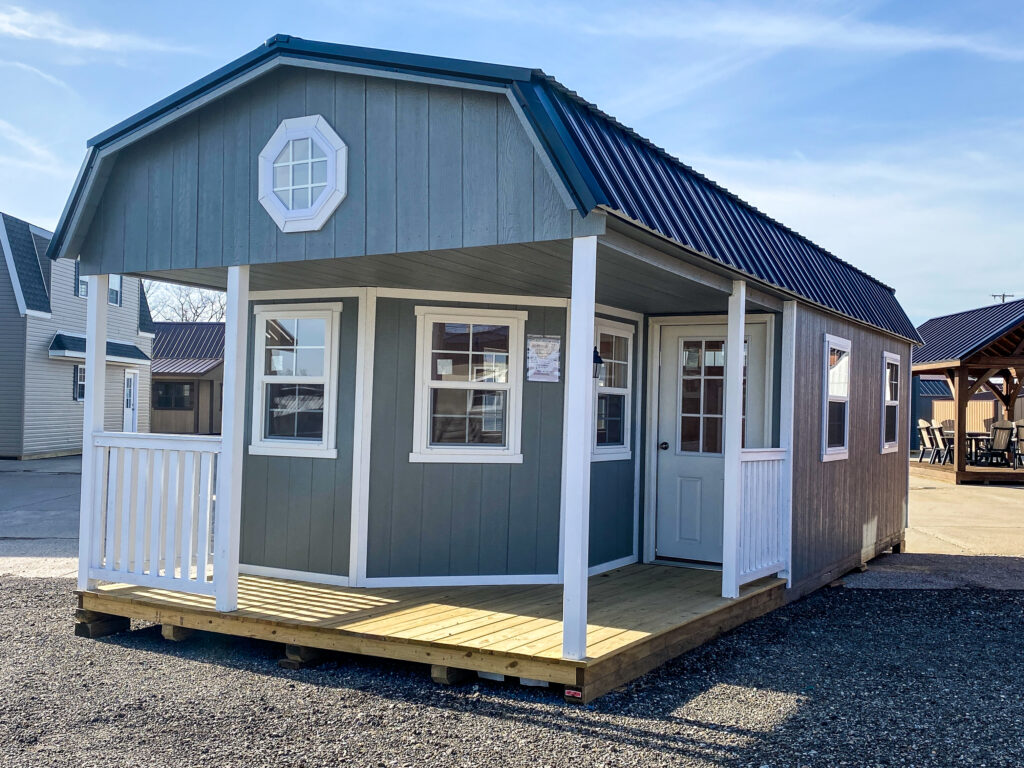
3. Prefab Home Financing Options
Fortunately, there are several financing options available for those looking to purchase a prefab home in Ohio. Just like traditional homes, prefab homes are eligible for mortgage loans. The specific financing options include:
- Conventional loans: Many banks offer conventional loans for prefab homes, often requiring a 20% down payment. These loans typically come with competitive interest rates and terms.
- FHA loans: Federal Housing Administration (FHA) loans are another option, allowing buyers to secure financing with a lower down payment (as low as 3.5%). However, FHA loans have certain criteria, including limits on the home’s total cost.
- Personal loans: If you’re purchasing a smaller prefab home, such as a tiny home, you may opt for a personal loan. These loans can cover costs below traditional mortgage thresholds, but they usually come with higher interest rates.
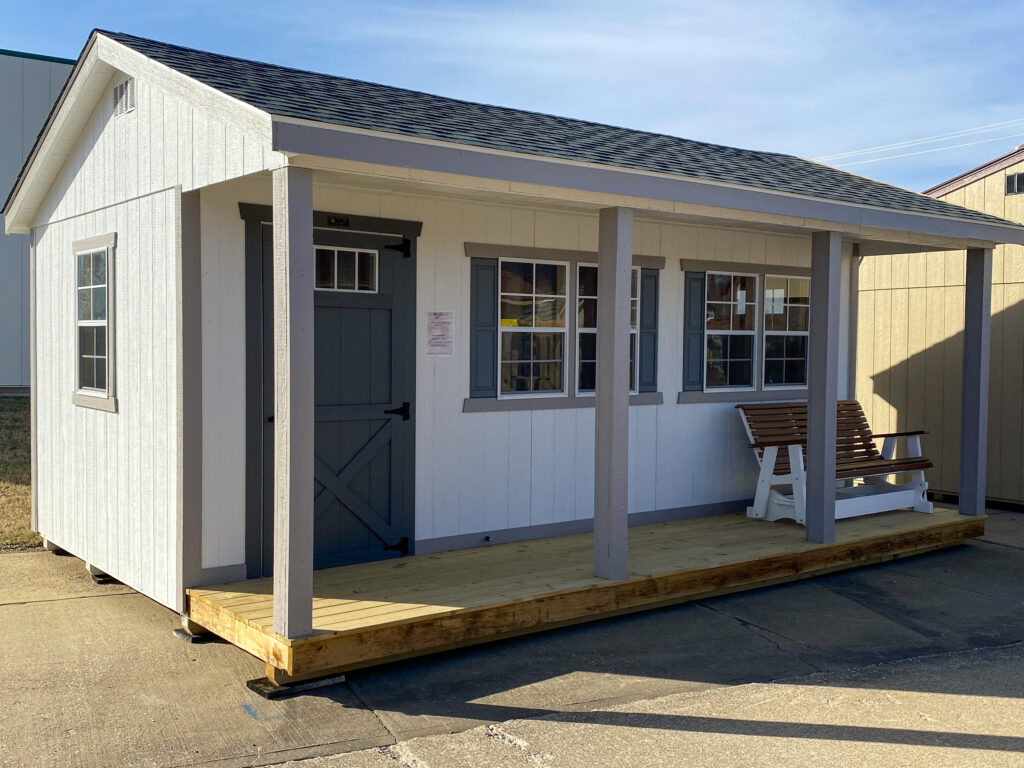
4. Why Prefab Homes Are a Smart Investment
Prefab homes have numerous benefits that make them a smart investment for Ohio homeowners. Here are a few reasons why you should consider a prefab home:
- Cost-effective: As mentioned, prefab homes tend to be more affordable than traditional site-built homes. With the rising costs of materials and labor, prefab homes offer an economical way to own a custom-built home without the hefty price tag.
- Faster construction times: Because prefab homes are built in a factory, they are not subject to weather delays, which can significantly speed up the construction process. On average, prefab homes take about three to six months to build and install.
- Energy-efficient: Many prefab homes are designed with energy efficiency in mind, meaning they are built with advanced insulation, high-quality windows, and energy-saving appliances. This not only reduces your carbon footprint but also lowers your monthly utility bills.
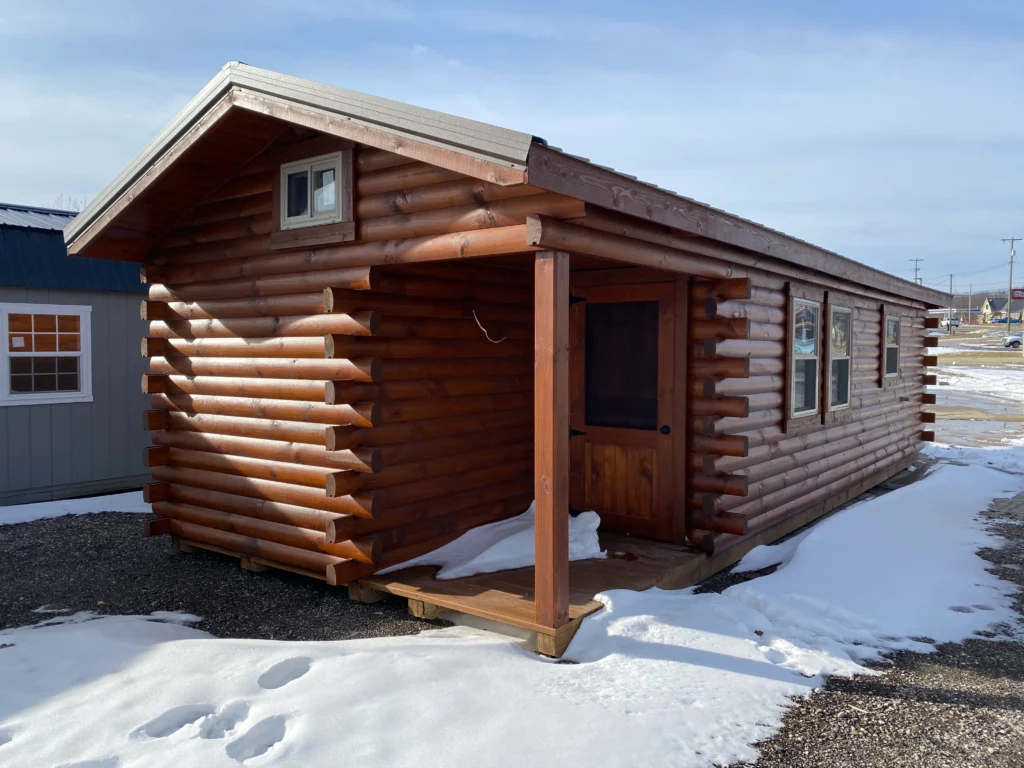
5. Why Choose Ohio Cabins & Structures
Ohio Cabins & Structures is a trusted name in the prefab building industry. It is known for delivering high-quality, customizable prefab homes to clients across the state. Committed to affordability, durability, and customer satisfaction, it offers an extensive range of prefab home designs, from cozy cabins to spacious family homes.
Whether you’re looking for a simple, off-grid retreat or a larger, energy-efficient family home, Ohio Cabins & Structures has the perfect solution for you. They work closely with clients to ensure that every aspect of their prefab home meets their needs and exceeds their expectations. With transparent pricing and no hidden costs, you’ll know exactly what to expect every step of the way.
Conclusion
Prefab homes offer an excellent, cost-effective alternative to traditional homes, especially in Ohio. Whether you’re drawn to their affordability, customizable designs, or energy efficiency, prefab homes continue to grow in popularity. With Ohio Cabins & Structures, you can find the perfect prefab home that fits your budget and lifestyle, without compromising on quality or durability.
